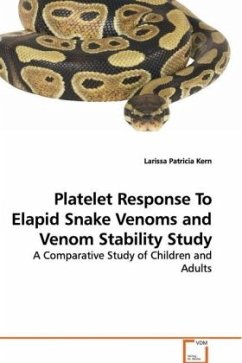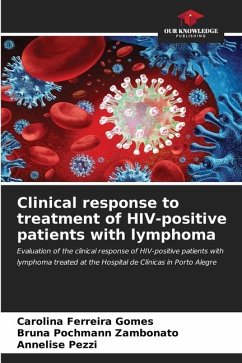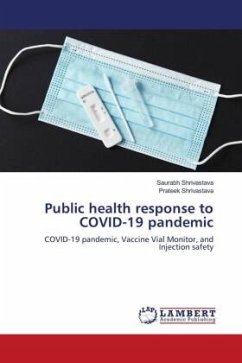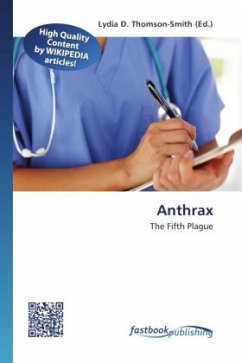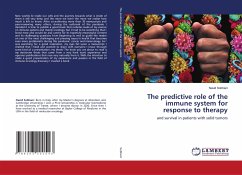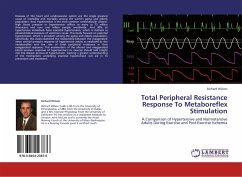
A Clinical Laboratories Response to a Terrorist Assault with Anthrax
Researching the clinical laboratory s initial response to a large scale covert bioterrorist assault using Bacillus anthracis (Anthrax)
Versandkostenfrei!
Versandfertig in 6-10 Tagen
44,99 €
inkl. MwSt.

PAYBACK Punkte
22 °P sammeln!
The goal of this manuscript was to develop a clinical laboratory model for the early detection and initial response to a large scale covert bio- terrorist assault with anthrax spores. This study researched more than 100 published research articles from a variety of medical databases from 2001 through 2004, with an extensive background review on bio-terrorism prior to 2001 as well. In addition to the research meta-analysis this study conducted informal interviews with laboratory personnel, and performed several focus group sessions which included reference laboratory and hospital laboratory adm...
The goal of this manuscript was to develop a clinical laboratory model for the early detection and initial response to a large scale covert bio- terrorist assault with anthrax spores. This study researched more than 100 published research articles from a variety of medical databases from 2001 through 2004, with an extensive background review on bio-terrorism prior to 2001 as well. In addition to the research meta-analysis this study conducted informal interviews with laboratory personnel, and performed several focus group sessions which included reference laboratory and hospital laboratory administrators. This study took into consideration the unique concerns of a covert assault, or assault that is not announced and not evident until mass casualties begin flooding into the local hospitals. Covert assaults with anthrax in particular can be successful do to the nature of Bacillus anthracis s (Anthrax) ability to survive as a spore in adverse environments and then become infectious again when ingested by an unsuspecting host.




